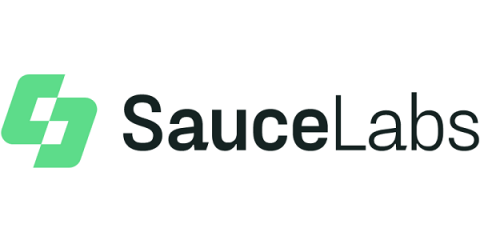Digital Transformation is Way More than Just Digital
Over the last 25 years, I have an unparalleled front seat to the digital transformation that is now accelerating in the connected manufacturing and automotive industry. Not many people have had the opportunity to witness the transformation and be as active in this area as I have; I consider myself lucky.










